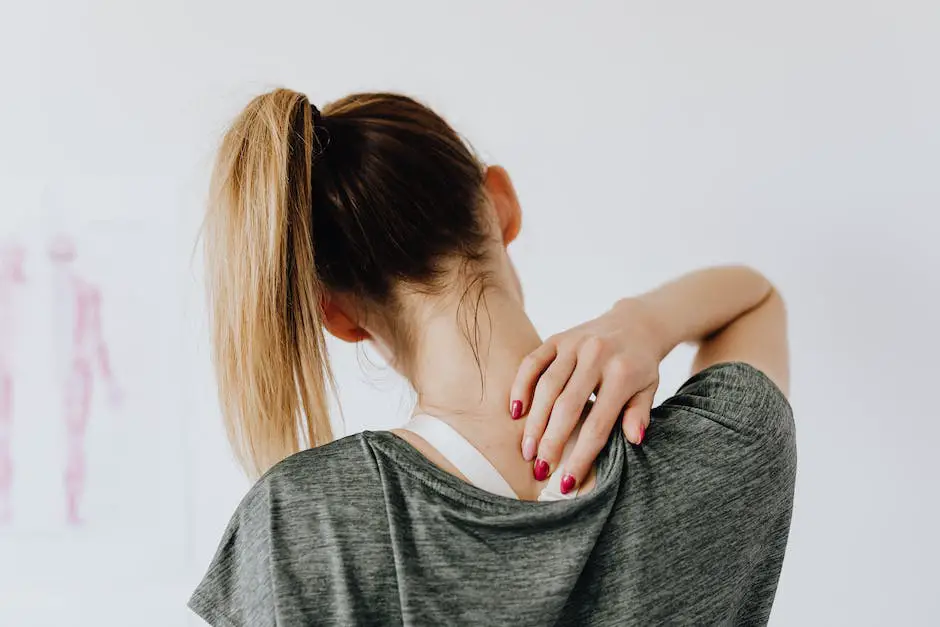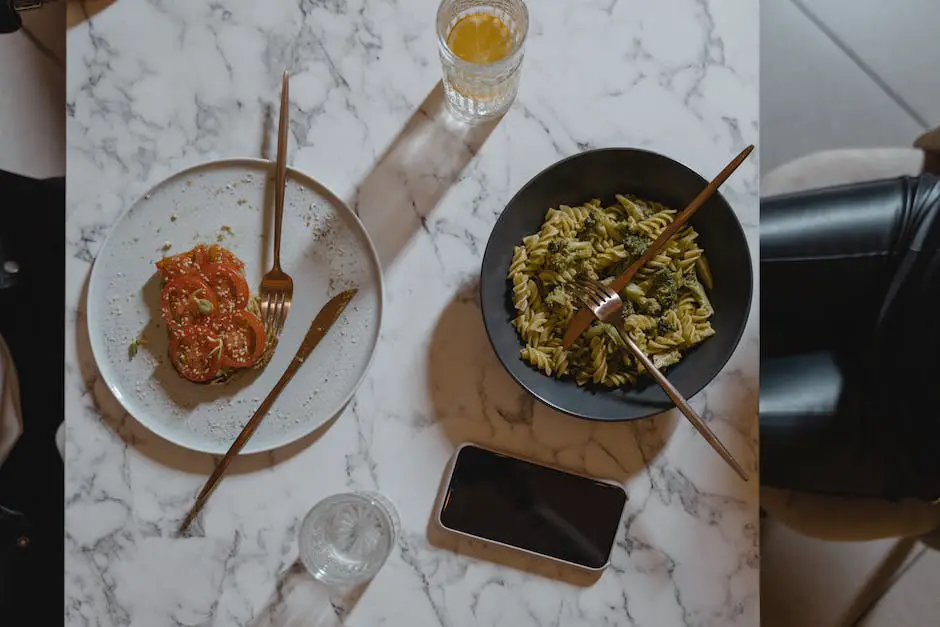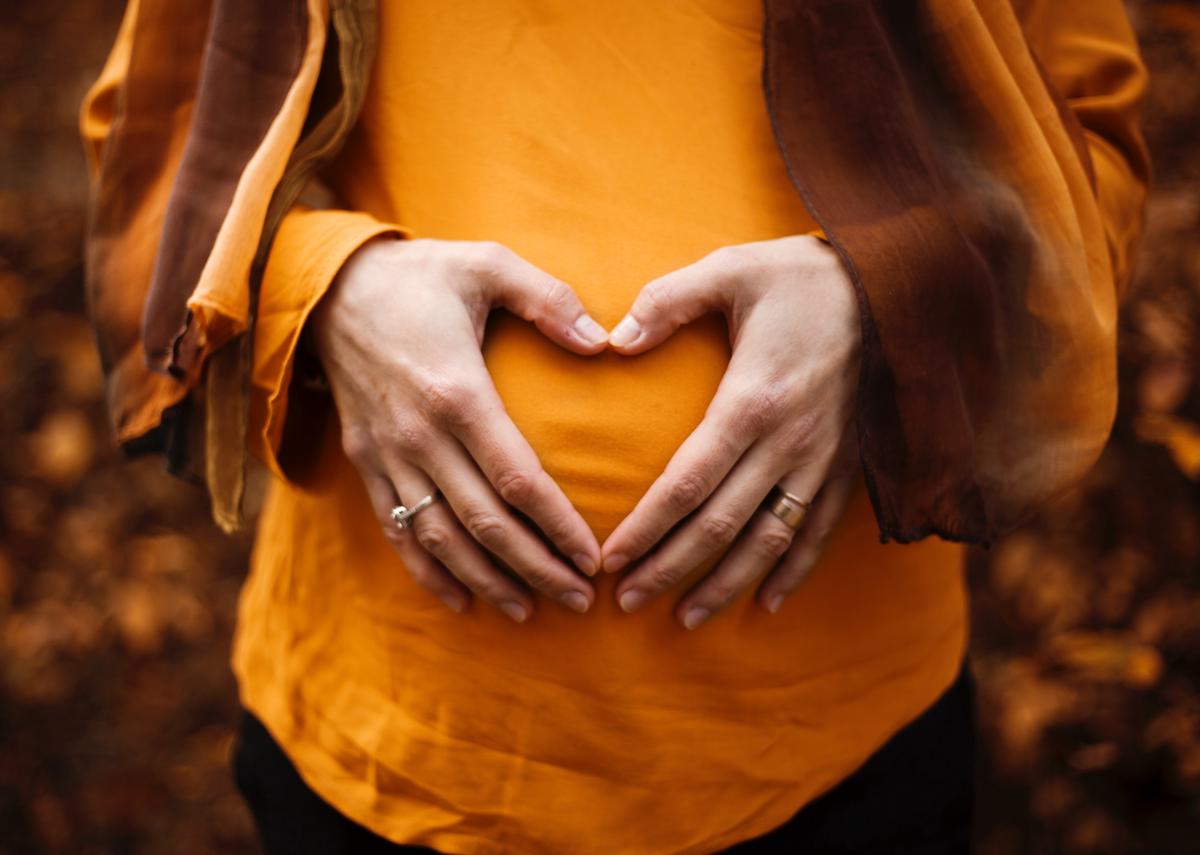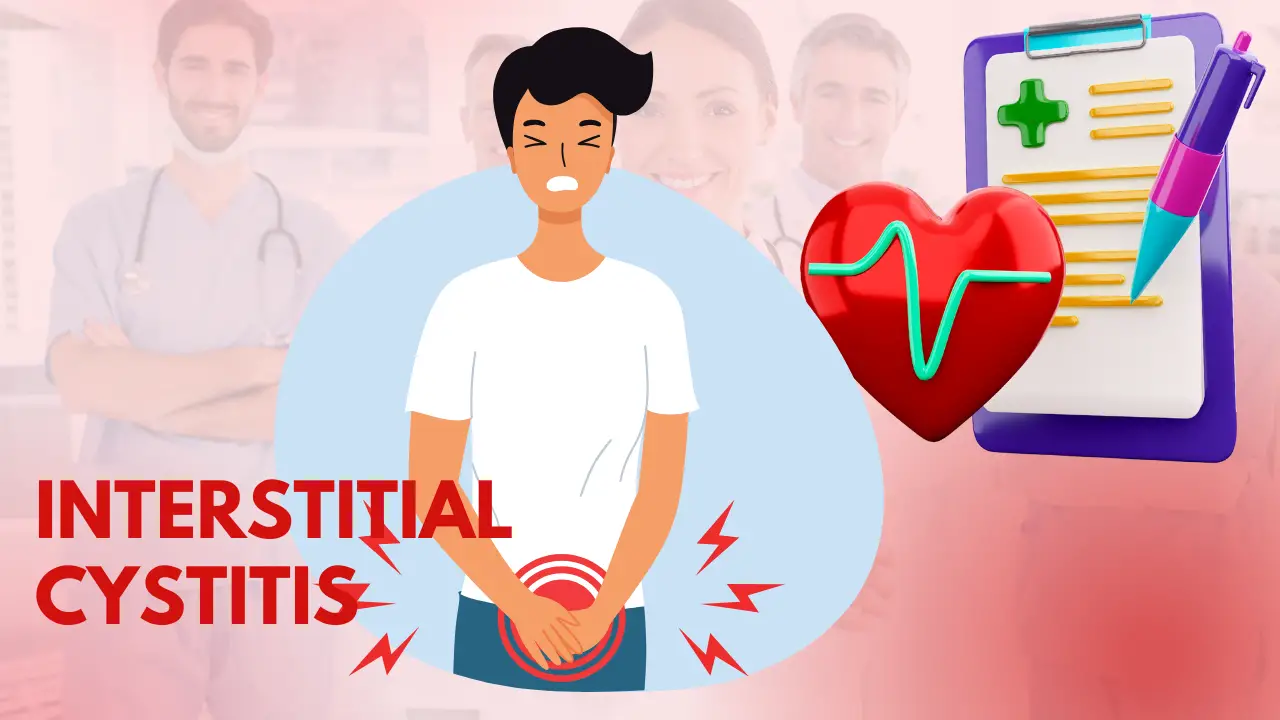Understanding the complexity of Interstitial Cystitis (IC) and the role that diet plays in managing its symptoms can be a transformative step in leading a comfortable and pain-free life. This pervasive yet often misunderstood condition affects scores of people, influencing their general health and quality of life. Subjects like IC’s prevalence, symptoms, and effective treatments, primarily focusing on how dietary choices can impact its management, are critically important. From highlighting the types of foods proven to alleviate IC symptoms to listing those that may exacerbate them, this comprehensive guide aims to provide practical and tangible dietary strategies for managing IC.
Understanding Interstitial Cystitis (IC)
Understanding Interstitial Cystitis
Interstitial Cystitis (IC), also called Painful Bladder Syndrome, is a chronic condition causing bladder pressure and pain, along with occasional pain in the pelvic region. It’s a part of a spectrum of diseases known as painful bladder syndrome. Symptoms vary from person to person and may even disappear for a while and then return. Some people experience mild discomfort, pressure, tenderness, or intense pain in the bladder and pelvic area. Urgency, frequency, and nocturia are other primary manifestations of IC.
The exact number of people affected by IC is unknown due to differences in diagnostic criteria, but estimates suggest anywhere from 1 to 4 million men and 3 to 8 million women in the United States may have IC. However, misdiagnosis or underdiagnosis are common, suggesting these figures might be higher.
Treatment and Management of Interstitial Cystitis
Treatment options for IC span a wide range, from lifestyle modifications and physical therapy to medications and surgery. The objective is generally to alleviate symptoms as there’s no definitive cure for this chronic condition. Oral medications, nerve stimulation, bladder instillations, or even surgery, are among the conventional treatments targeted towards symptom management.
Diet also plays a pivotal role in managing IC. Although no specific diet can cure Interstitial Cystitis, certain dietary alterations can significantly impact symptoms. Many people with IC find that certain foods and drinks may trigger flare-ups or intensify symptoms, while others may not be affected.
Understanding the IC Diet
A diet modification, particularly an elimination protocol, can prove beneficial for Interstitial Cystitis (IC) patients. It involves temporarily steering clear of potential triggers before reintroducing them gradually to identify irritants. Spicy foods, alcohol, chocolate, caffeinated beverages, citrus fruits, artificial sweeteners, and certain preservatives or food chemicals are often common culprits to avoid.
In contrast, some foods may have no adverse effects or may even provide symptom relief. Consuming more water and adding low acid, unspiced foods such as pears, oats, blueberries, almonds, rice, and potatoes to the diet can be beneficial.
In addition, supplements like calcium glycerophosphate, which reduces food and drink acid, or L-arginine, which improves bladder blood flow, can be of help. However, a consultation with a healthcare provider before starting new supplements is crucial.
Living a healthy lifestyle in conjunction with dietary changes is valuable too. Regular exercise and stress management techniques like deep breathing, meditation, or therapy could be beneficial. Regularly documenting your symptoms in a diet or bladder diary improves understanding of what affects your symptoms and can assist in personalized treatment planning with your healthcare provider.

The Role of Diet in Managing IC
The Role of Nutrition in Managing IC
Nutrition has a pivotal role in managing Interstitial Cystitis. Some food and drink types can trigger IC symptom flare-ups, intensifying the urgency, frequency, and pain associated with the condition. These can include citrus fruits, tomatoes, chocolate, and drinks containing caffeine or alcohol.
Citrus fruits and tomatoes, both rich in acid, can irritate the bladder lining. Further potential sources of discomfort may include vinegars, some dressings and sauces, and particular vegetables due to their acidity levels.
Alcohol and caffeine are known to stimulate more frequent urination, which may heighten bladder discomfort. As both these substances can lead to dehydration, discomfort levels could increase further. Chocolate might also trigger IC symptoms due to its caffeine and sugar content.
Linkage of Inflammation to Food in IC
Inflammation plays a crucial role in IC, given that it is the body’s natural response to injury or infection. In the case of IC, the bladder wall can become inflamed, leading to increased urgency and pain. Certain foods are known to stimulate inflammatory responses and it becomes critical to avoid such foods for IC patients.
Foods high in sugar, saturated fats, and artificial additives are known triggers for inflammation. Processed meats, white bread, fried foods, and soda can cause inflammatory reactions in the body, intensifying IC symptoms.
Moreover, alcohol again comes up as a significant factor. It is often associated with inflammation, hence encouraging flare-ups. Therefore, reducing alcohol intake could help manage IC.
Modifying Diet to Ease IC
One of the most effective ways to manage IC is by modifying your diet. This involves eliminating foods that trigger IC symptoms and incorporating those known to have anti-inflammatory properties.
Anti-inflammatory foods include certain fruits, like blueberries and blackberries, vegetables like leafy greens and cabbages, and things such as fatty fish, nuts and seeds. These foods help reduce the overall inflammatory response in the body and can alleviate symptoms.
Keeping a food diary can also be instrumental. Here, one logs the food they consume and any corresponding IC symptoms. Over time, this may help to identify individual triggers and create a more personalized diet plan.
Also, proper hydration is essential. By drinking plenty of water, one can dilute urine making it less irritating for the bladder and reduce IC symptoms. It also aids in eliminating toxins from the body.
Yet, as everyone’s body responses differently to different foods, it’s crucial to consult with a healthcare professional or dietitian prior to making significant changes in diet. They can provide personalized advice based on individual’s condition and body tolerance.
The treatment approach for Interstitial Cystitis (IC), also known as painful bladder syndrome, involves various strategies including medications, bladder instillations, and physical therapy, which should be pursued in coordination with a healthcare provider. This chronic condition is identified by symptoms such as uncomfortable bladder pressure, pain in the bladder, and occasionally, abdominal discomfort.

Food Recommendations for IC Patients
Diet is considered a significant factor in managing IC symptoms, as specific foods and drinks often provoke flare-ups. It is therefore crucial to understand your personal food sensitivities and steer clear of known triggers. Consuming healthy foods that promote healing can also alleviate symptoms and contribute to overall wellness. This dietary approach to handling IC can provide much-needed symptom relief and improve your quality of life.
The idea behind an IC-friendly diet is to consume foods and drinks that won’t irritate the bladder’s lining. IC symptoms vary greatly from one individual to another, and the same goes for food tolerances. However, there are a few universally recognized bladder-friendly foods.
One topic that’s often discussed in relation to our wellbeing is the role of fruits and vegetables in our diet. This is especially important to consider for people with certain health conditions.

Foods to Avoid for People with IC
Navigating Your Diet with Interstitial Cystitis
In the context of Interstitial Cystitis (IC), this takes on specific importance. IC, also known as painful bladder syndrome, is a long term condition that inflicts discomfort and pain in the bladder. Though the precise causes remain somewhat elusive, changes to dietary habits have been shown to effectively manage the symptoms. Certain foods and beverages can induce IC flare-ups, leading to increased pain and a higher need to urinate. It’s pertinent to note that each individual may have different reactions, but there are certain foods that have been identified as common triggers for those with IC, which they may need to avoid or limit.
Acidic Foods: Potential IC Triggers
Food and drink with high acidity may irritate the bladder lining and exacerbate IC symptoms. Acidic foods include citrus fruits like oranges and grapefruits, and drinks such as coffee, carbonated drinks, and alcohol. Tomatoes, vinegar, and cranberry juice also have significant acidity levels.
Spicy Foods: Increased Bladder Irritation
Spicy foods like chili peppers, hot sauces, and horseradish can irritate the bladder and should be avoided. Not all patients have the same reaction to spicy foods but it is something to monitor for potential flare-ups.
Artificial Sweeteners: Possible Culprits
Artificial sweeteners such as aspartame, found in many diet drinks and sugar-free products, can trigger IC symptoms. It may be beneficial to avoid processed foods and ingredients that contain artificial sweeteners.
Certain Fruits and Vegetables: An Unexpected Issue
Even certain fruits and vegetables can be problematic. Bananas, pineapples, grapes, strawberries, and some apples can possibly incite IC symptoms. Vegetables like onions, tofu and soy products, and aged cheeses may also be a concern depending on individual sensitivities.
Caffeinated or Alcoholic Beverages: Unfriendly Activators
Caffeinated drinks, including tea and soda, as well as alcoholic beverages, can stimulate the bladder and worsen IC symptoms. It’s advisable to restrict consumption of these drinks and to opt for water, or herbal tea instead.
Gluten and Dairy: A Personalized Approach
Gluten and dairy sensitivity varies among IC patients. While some studies suggest they could exacerbate symptoms, not everyone reacts in the same way. Some patients can consume gluten-rich or dairy products without experiencing any difficulty, while others notice a significant increase in discomfort.
Living with Interstitial Cystitis necessitates being cognizant of dietary triggers. The foods and drinks that can provoke symptoms can vary dramatically from patient to patient. A helpful strategy in managing this condition is to maintain a food diary which allows you to track the link between your diet and your symptoms. Coupled with medical advice and dietary changes, the effects of IC can be largely controlled.

Practical Diet Tips and Meal Planning for IC
The Role of Diet in Controlling Interstitial Cystitis
Interstitial Cystitis (IC) refers to a lingering inflammation that results in bladder discomfort, frequent urination, and possibly, a multitude of other upsetting urinary issues. Your food and beverage intake can have a profound effect on the severity of these symptoms. While certain foods may magnify IC-related discomfort, others may offer some degree of relief.
Identifying Trigger Foods
Every person with IC has a unique set of trigger foods – those that worsen their symptoms. However, common food triggers often include citrus fruits, chocolate, caffeine, spicy foods, alcoholic beverages, and foods high in preservatives or artificial ingredients. To identify your unique set of trigger foods, consider keeping a food journal to track your meals and any subsequent symptoms.
Choosing IC-Friendly Foods
Plenty of foods are generally well-tolerated by IC sufferers. Fruits like blueberries, watermelon, and bananas are low in acid and can be a safe choice. Similarly, vegetables like broccoli, cucumbers, and bell peppers can be included in your regular diet rotation. Lean proteins such as chicken, turkey, fish, or eggs are non-irritating.
Consider incorporating whole-grain foods like brown rice, oatmeal, and whole-wheat bread – they may have a protective effect on the bladder. Just be sure to test these items one at a time to gauge your body’s response, as everyone’s reactions could be different even if they have IC.
Drink Wisely
What you drink is as important as what you eat. Hydration is essential, however, some drinks can irritate the bladder. Plain water is the best option for hydration, followed by herbal teas or non-citrus fruit juices diluted with water. Avoid substances such as coffee, soda, and alcohol as they are known to irritate the bladder.
Practical Meal Planning
Incorporating these IC-friendly foods into your daily routine takes planning. For breakfast, consider eating oats mixed with blueberries and a touch of honey. Lunch could consist of a turkey sandwich on whole-grain bread with a side of cucumber slices. For dinner, a grilled chicken breast paired with steamed broccoli and brown rice could work well.
Snacks and Desserts
For snacks, opt for items like almonds, a banana, or popcorn. When it comes to desserts, keep it simple and stick with fruits whenever possible, or try baking goods with whole-grain flour and honey instead of white flour and refined sugar.
Keep Exploring
Every individual with IC will respond to different foods in their own unique way, so trial and error are vital to discover what works best for you. Remember, the goal is not to eliminate all potential bladder irritants but to find out which foods you can tolerate and which you cannot while maintaining a balanced and nutritious diet.
Monitor Changes
Stay mindful of your body’s responses to dietary changes and adjust accordingly. Remember, progress may be slow and incremental—be patient with yourself and your body.

Collectively, the diverse elements of diet and inflammation, beneficial food recommendations, foods best avoided, and practical meal planning strategies provide a comprehensive resource to support individuals with IC. The objective is to help navigate the complex and often challenging course of living with Interstitial Cystitis while maintaining a satisfying and nutritious diet. It encourages individuals to replace the sense of deprivation that often accompanies restrictive diets with a sense of excitement about the healing power of food. Remember, it is the gradual shifts and consistent efforts towards a well-balanced, strategic IC diet that will lead to notable changes, paving the path towards an improved quality of life.
